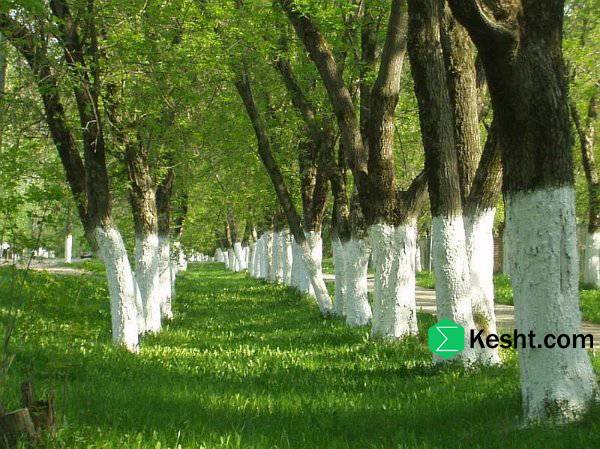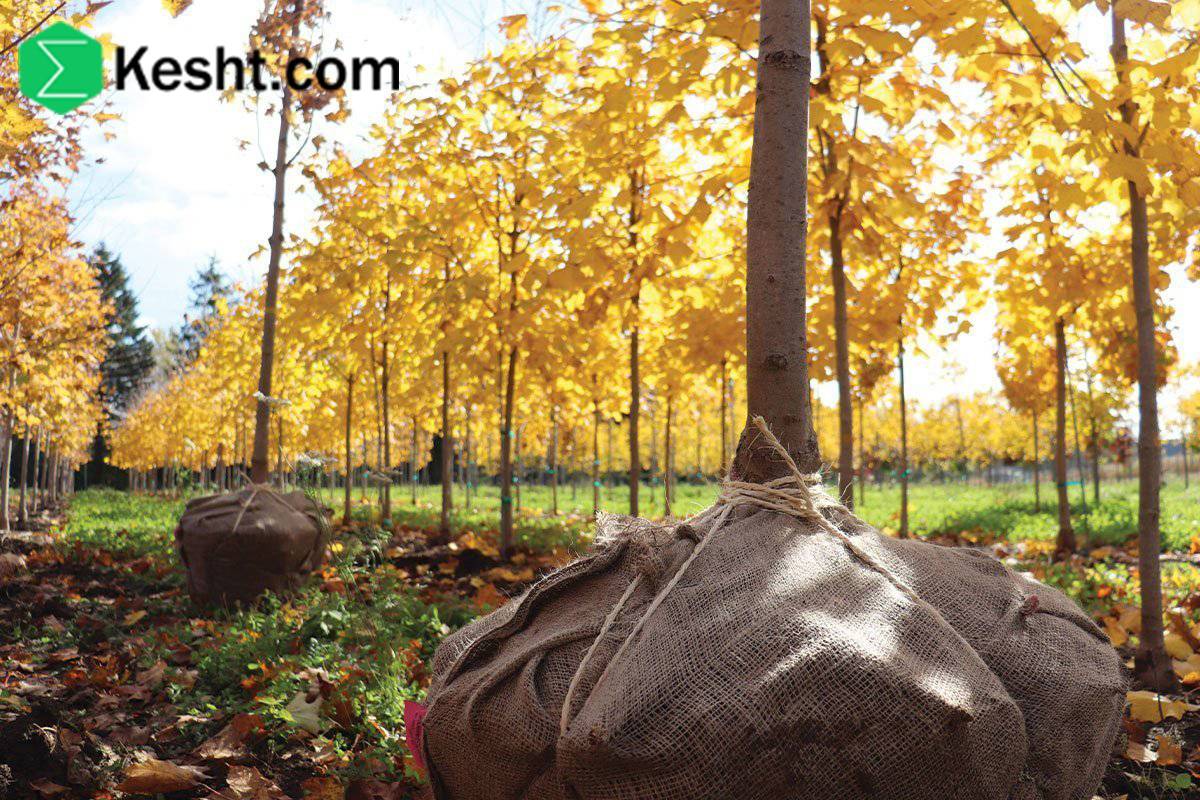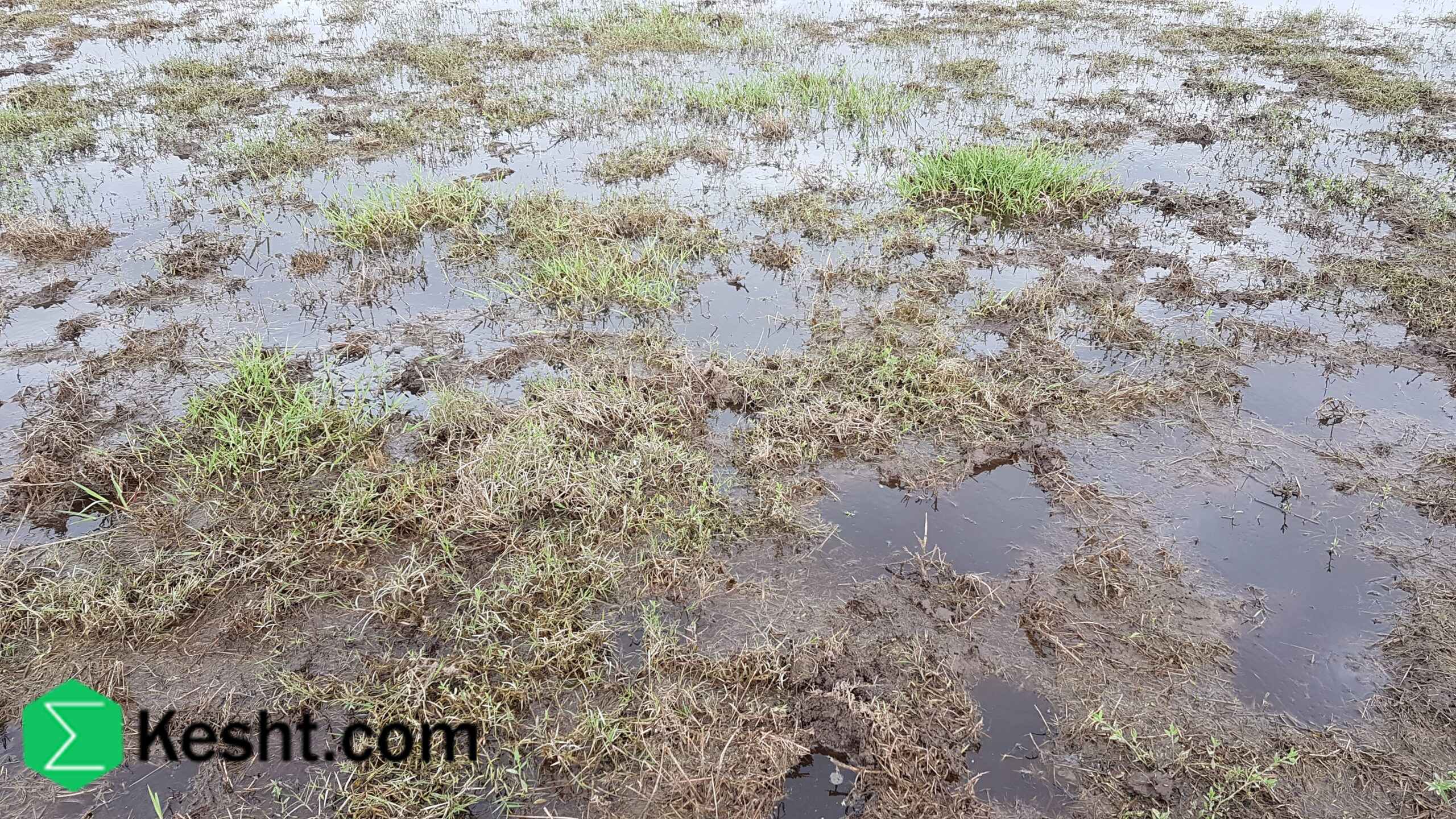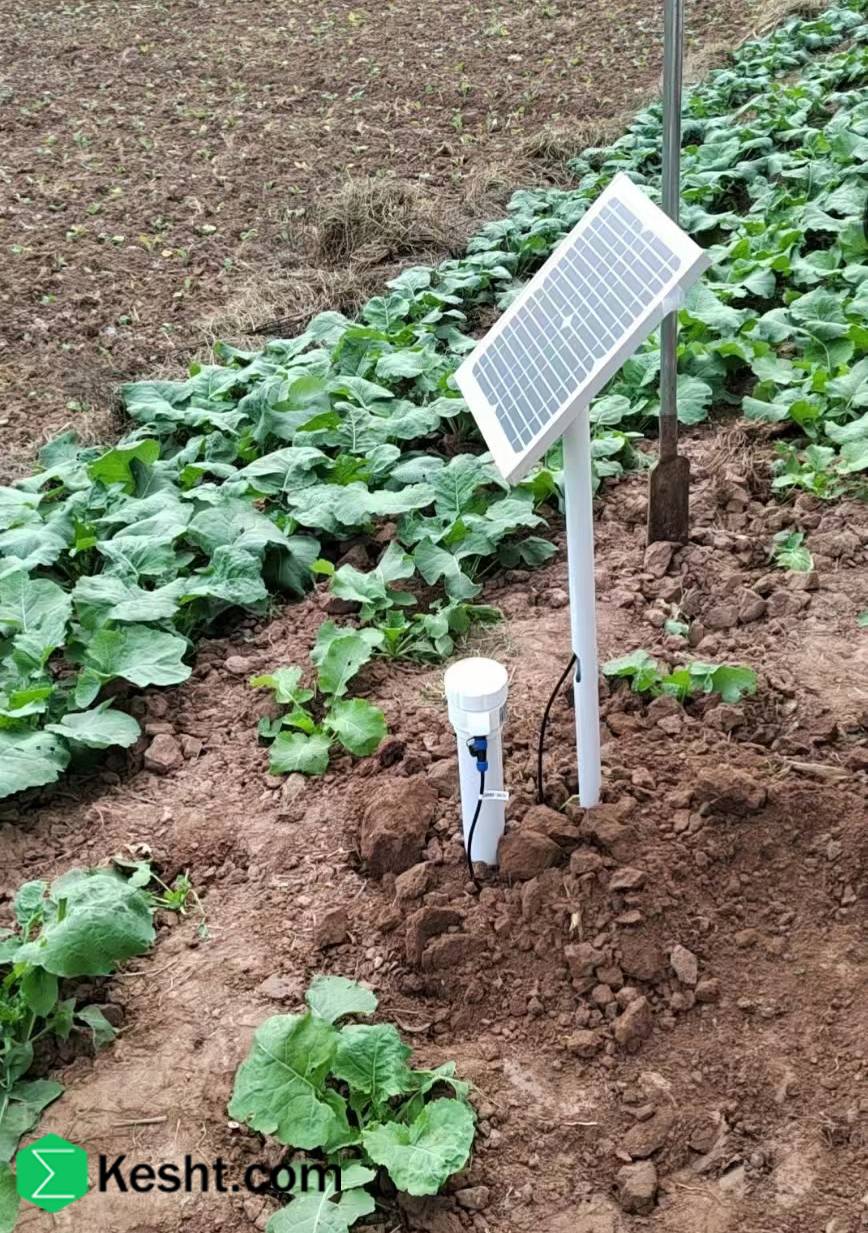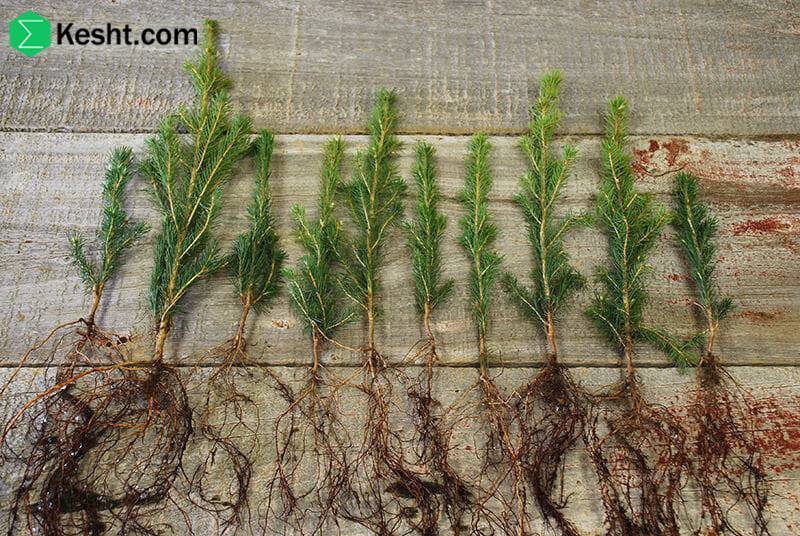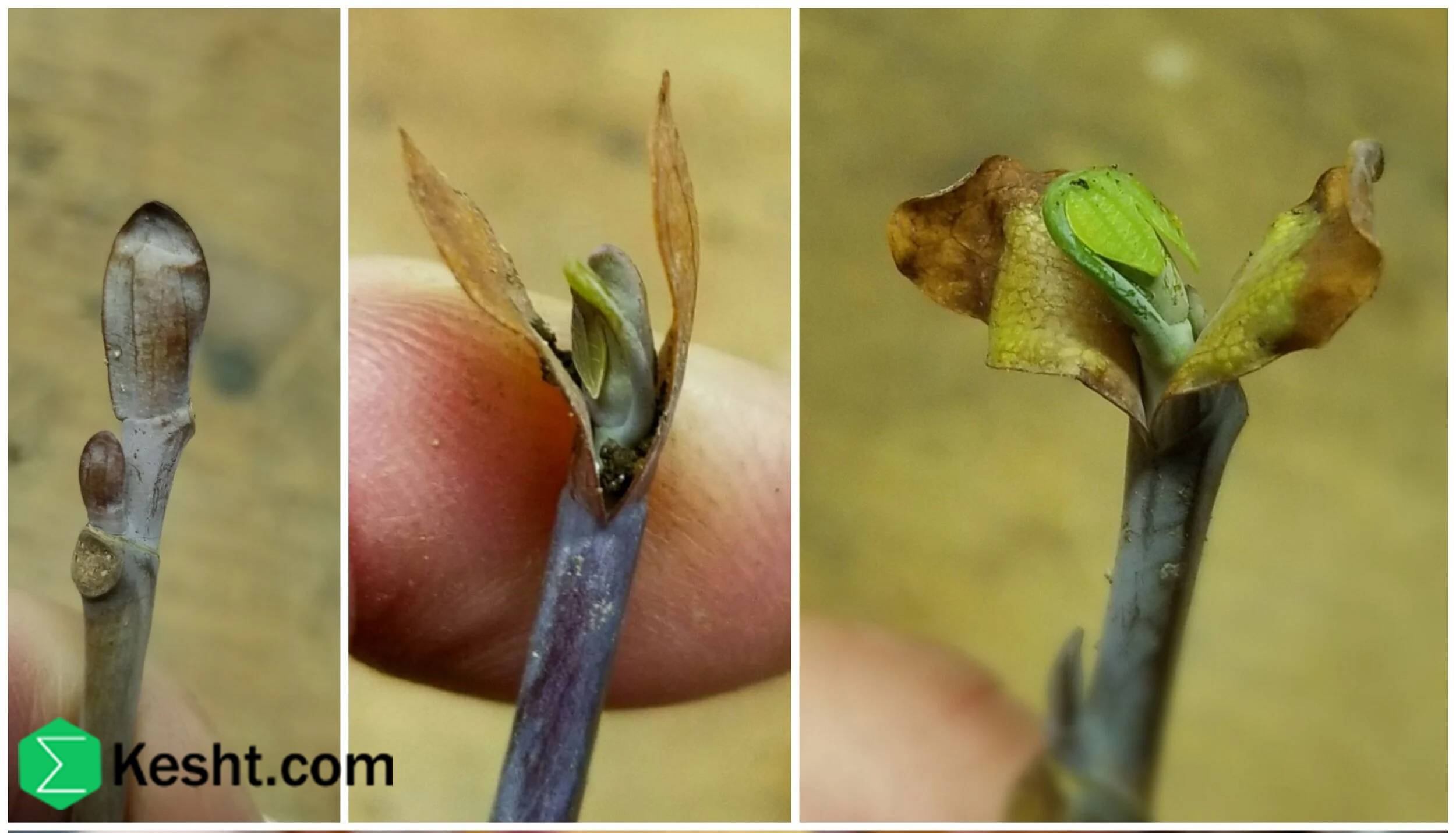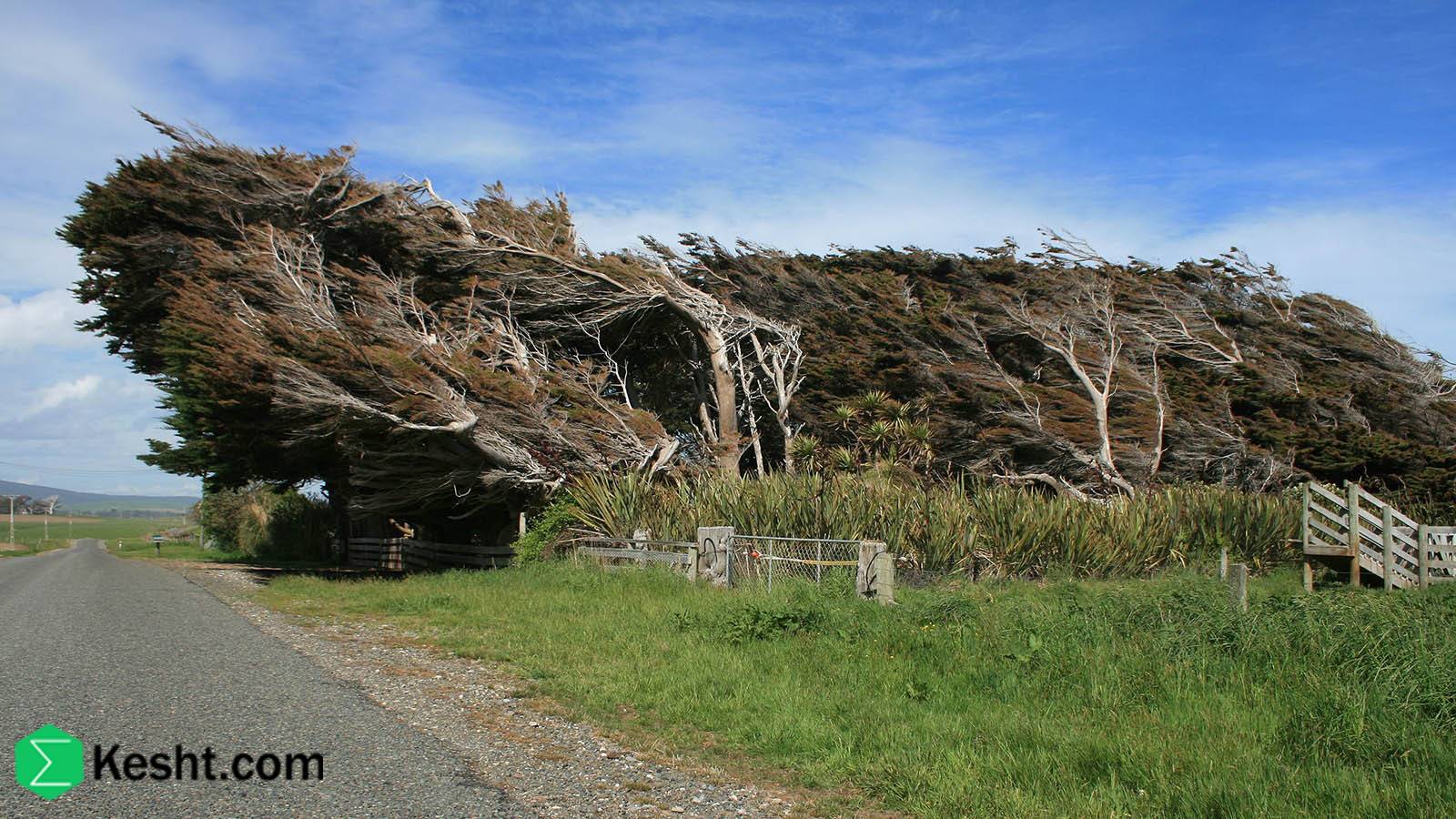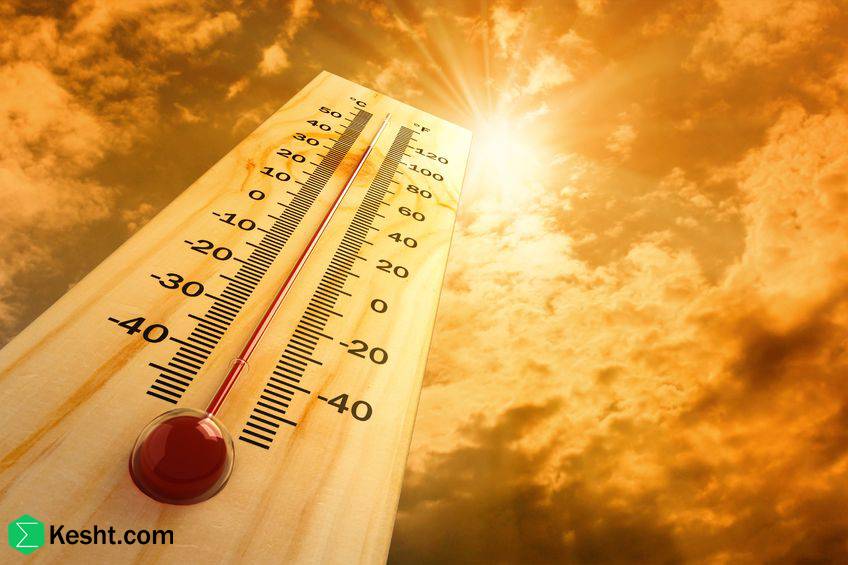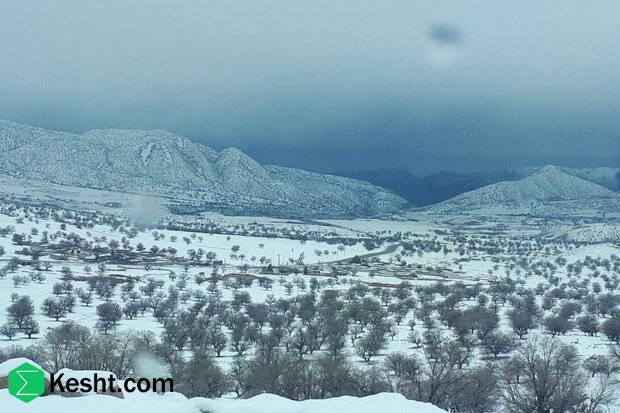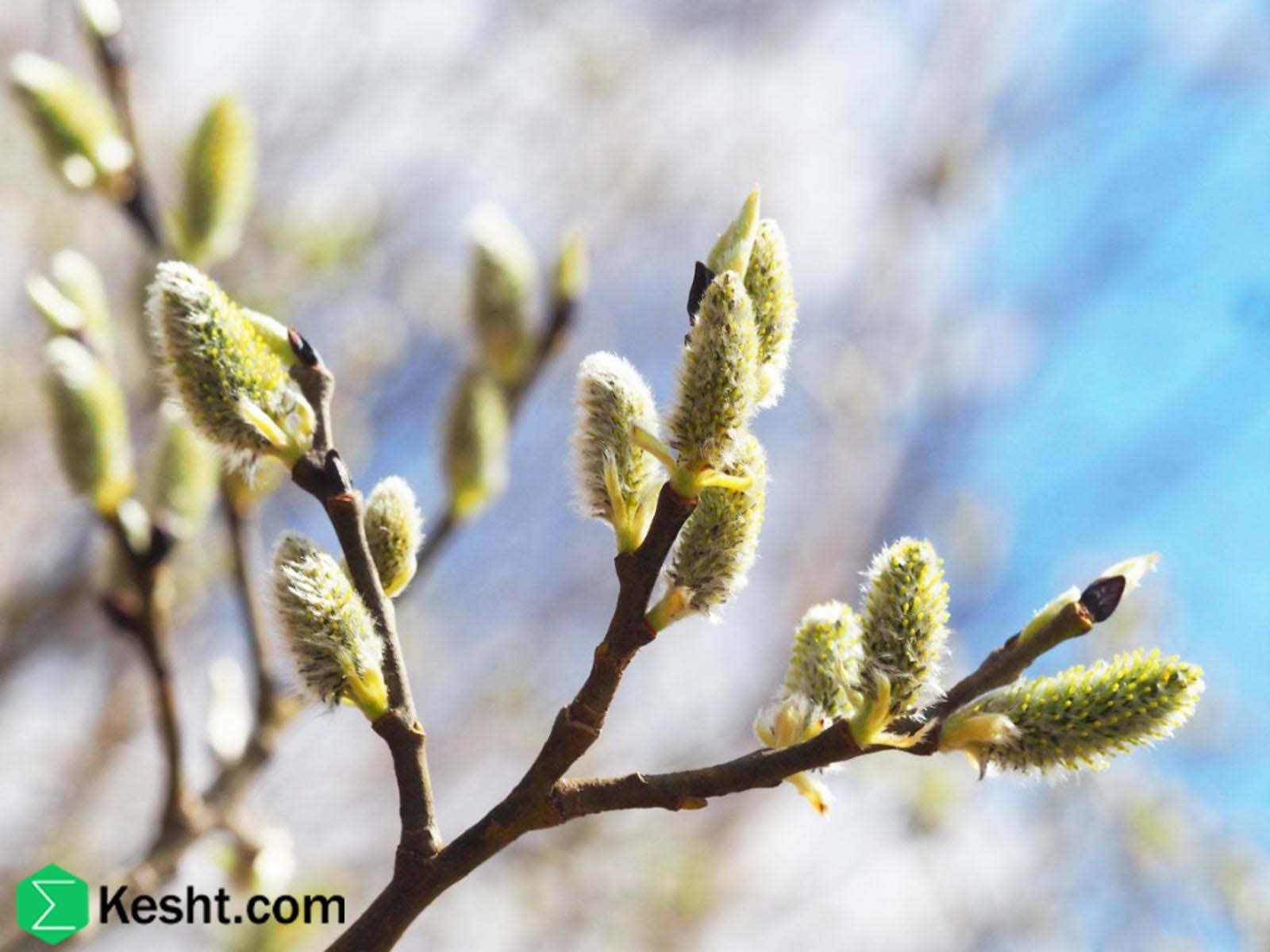What Is Trunk Whitewashing?
In this response, I’ll explain trunk whitewashing in a complete, scientific, and practical way, including its definition, objectives, materials, application method, proper timing, advantages, disadvantages, and technical notes. This traditional yet highly effective practice is especially useful for protecting young trees and saplings from environmental stressors.
Trunk whitewashing (Tree Whitewashing/Trunk Painting) is one of the oldest yet most effective methods of tree protection, though it is often overlooked today. This simple but science-backed technique can prevent costly damage.
What is trunk whitewashing?
Trunk whitewashing is the practice of coating the trunk and main scaffold branches with a white solution (usually lime-based) that creates a protective layer on the bark. This layer acts like a multi-purpose shield and protects the tree from various environmental and biological injuries.
Trunk whitewashing — a protective shield for saplings
Trunk whitewashing refers to coating the lower portion of a tree or sapling trunk with a white substance (commonly lime or white clay). The primary aim:
- Reduce damage from temperature fluctuations, intense solar radiation, frost injury, and pest attack.
This is especially important for young trees, newly planted saplings, and fruit trees with bare lower trunks (no low branches to shade the bark).
Objectives and reasons for trunk whitewashing
a) Protection against sunscald
- Problem:
- In winter, direct sun on the trunk (especially the southwest side) can raise bark temperatures locally by 15–20°C.
- At night, temperatures can rapidly drop below freezing.
- This sharp diurnal swing (sometimes 30°C in 24 hours) causes repeated expansion and contraction of tissues.
- Consequences:
- Longitudinal bark cracks
- Bark separation from wood
- Deep wounds that become infection courts for pathogens
- Role of whitewashing:
- White color reflects up to 80% of sunlight and prevents excessive trunk warming. Think wearing white clothes in summer.
b) Protection against pests
1. Bark-boring insects:
- Bark beetles
- Wood-boring larvae
- Scale insects
The lime creates an alkaline surface that deters these pests.
2. Ants:
- The alkaline layer impedes ant climbing and reduces transport of aphids to the canopy.
c) Protection against fungal and bacterial diseases
- The alkaline pH of lime (around 12) creates an unfavorable environment for many pathogens.
- Adding copper sulfate to the mix can provide strong antifungal action.
- The coating also helps prevent spores from penetrating microcracks in the bark.
d) Protection against frost damage
- Smaller bark temperature swings = lower risk of freeze injury to the living tissues beneath the bark.
- Helps prevent “cell bursting” from sudden intracellular ice formation.
e) Protection against gnawing by rodents
- The bitter, alkaline taste of lime discourages rabbits and mice from chewing bark (especially in winter).
✅ Goal 1 → Reduce bark temperature fluctuations
- High reflectance of white coatings can reflect up to ~80% of sunlight.
- Lowers bark temperature by about 5–10°C, reducing expansion/contraction cracking.
✅ Goal 2 → Prevent frost injury
- In cold regions, sun + cold air is a damaging combination.
- Whitewashing keeps bark temperatures more uniform and protects sub-bark tissues.
✅ Goal 3 → Deter insects and prevent egg-laying
- The bright, smooth surface is unfavorable for many insects (borers, aphids, mites).
- Some ingredients (e.g., sulfur in lime mixes) add insect-suppressive effects.
- Reduces egg-laying by moths and beetles on the trunk.
✅ Goal 4 → Suppress fungi and algae
- The coating creates a drier, alkaline surface — unsuitable for surface fungi and algae.
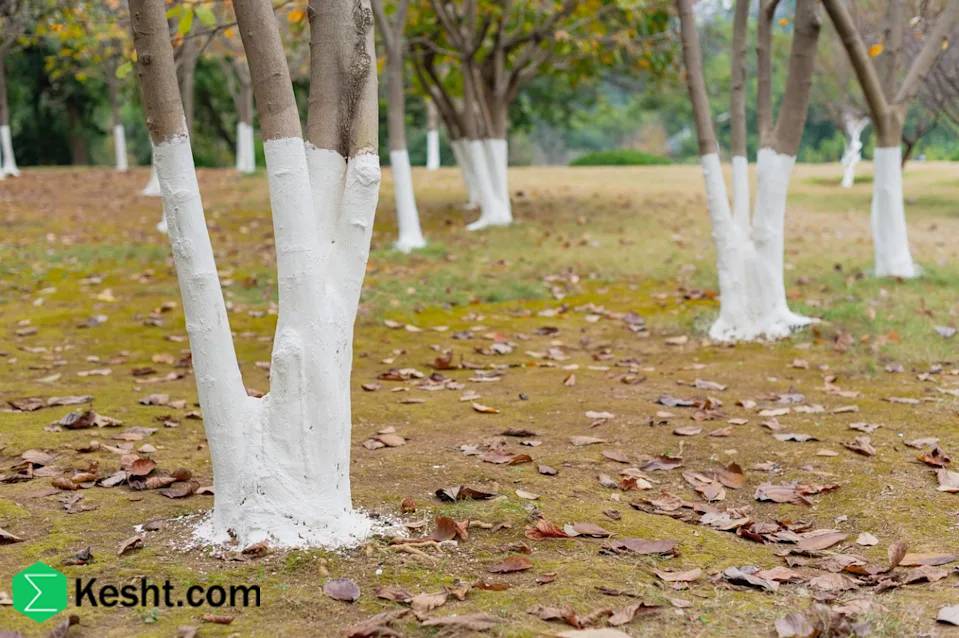
Materials used for whitewashing
- Traditional formula — most common:
- Quicklime (CaO) — 5 kg
- Water — 10 L
- Salt — 1 cup (optional, improves adhesion)
- Elemental sulfur — 1 cup (optional, antifungal/insect-suppressive)
Preparation:
- Slowly add lime to water — caution: exothermic reaction.
- Stir continuously until cooled.
- Add salt and sulfur (if used).
- Let the mixture rest for 24 hours.
- Dilute with water before use to a milk-like, thin consistency.
- Modern formula — lime-free:
- White clay (bentonite) — 3 kg
- Water — 10 L
- PVA glue (wood glue) — 1 cup (for adhesion)
- Finely ground sulfur — 0.5 kg (optional)
- Suitable for humid climates — less prone to wash-off.
- Commercial ready-to-use products:
- Tree paints: white, breathable, UV-reflective.
- Water-based emulsions with reflective properties.
- Higher cost — but longer-lasting and no risk of chemical burn.
Warning:
Do not use oil-based or petroleum paints — they block bark respiration and can kill the tree.
Correct application — step by step
- Step 1 → Proper timing
- Fall (Aban–Azar): before deep winter cold and before intense winter sun.
- Early spring (Esfand–Farvardin): reapply if needed after heavy rains.
- Golden rule: Apply after the year’s final pruning and before the first severe frost.
- Step 2 → Trunk preparation
- Clean trunk of mud, moss, and loose bark with a soft brush.
- Cover wounds with tree wound paste before whitewashing.
- Avoid washing with water unless there is excess soil/dirt.
- Step 3 → Application
- With a wide brush or hand sprayer, apply a thin, uniform coat (~1 mm) from slightly above the soil surface up to 60–100 cm (or to the first scaffold branch).
- Two thin coats are better than one thick coat — better adhesion, less cracking.
- On large trees, cover the entire circumference — not just the south side.
- Step 4 → Maintenance
- In spring, inspect the coating — reapply if worn or washed off.
- In rainy regions, renew every 6 months.
Species most in need of whitewashing
| Species | Reason |
| Apple and pear | Thin bark — prone to sunscald |
| Peach and cherry | Bare lower trunk — little natural shade |
| Walnut | First years — thin, sensitive bark |
| Citrus (e.g., sour orange, orange) | In cold areas — sensitive to temperature swings |
| Young pines and cypresses | Full sun exposure in nurseries |
Recommendation: Whitewash all saplings under 5 years old, regardless of species.
Advantages and disadvantages
✅ Advantages:
- Very low cost (especially with lime-based formulas)
- Easy to apply — no special equipment needed
- Multi-protection (cold, heat, pests)
- Extends the useful life of young trees
❌ Disadvantages:
- Washes off in heavy rains — may need reapplication
- Some formulas (quicklime) can damage bark if applied too thick/concentrated
- Industrial look — sometimes undesirable in formal urban landscapes
Consequences of skipping whitewashing
| Consequence | Explanation |
| Sunscald | Longitudinal bark splits — disease entry |
| Cambium death | Loss of radial growth — structural weakness |
| Insect attack | Borers, aphids, mites colonize the trunk |
| Fungal infection | Trunk rot — potential tree death |
| Reduced productive lifespan | Fruit trees age and decline earlier |
Technical tips and best practices
- Tip 1: Proper consistency
- The mix should be like milk/thin yogurt — not pasty. Thick coats crack or smother bark.
- Tip 2: Start above soil
- Begin the whitewash at least 5 cm above soil level to avoid collar rot.
- Tip 3: Avoid rainy or snowy days
- Wet surfaces reduce adhesion and effectiveness.
- Tip 4: Preserve bark respiration
- Never use non-breathable, petroleum-based paints — the tree must “breathe.”
- Tip 5: Coordinate with pruning
- Whitewash after winter pruning so pruning wounds are also protected.
Conclusion
Trunk whitewashing is one of the simplest and most cost-effective ways to protect saplings from winter cold, spring heat, and pest attack.
- Golden time: Autumn — before deep cold.
- Ideal material: Lime + water + salt (or white clay for humid regions).
- Coverage height: From about 5 cm above soil up to the first scaffold branch.
- Reapplication: Every 6–12 months, depending on climate.
Final practical recommendations:
- If your nursery or orchard has young saplings, whitewash all trees under 5 years old by the end of Azar.
- Use the traditional lime formula — inexpensive and effective.
- In spring, check the coating — reapply if it has worn off.
